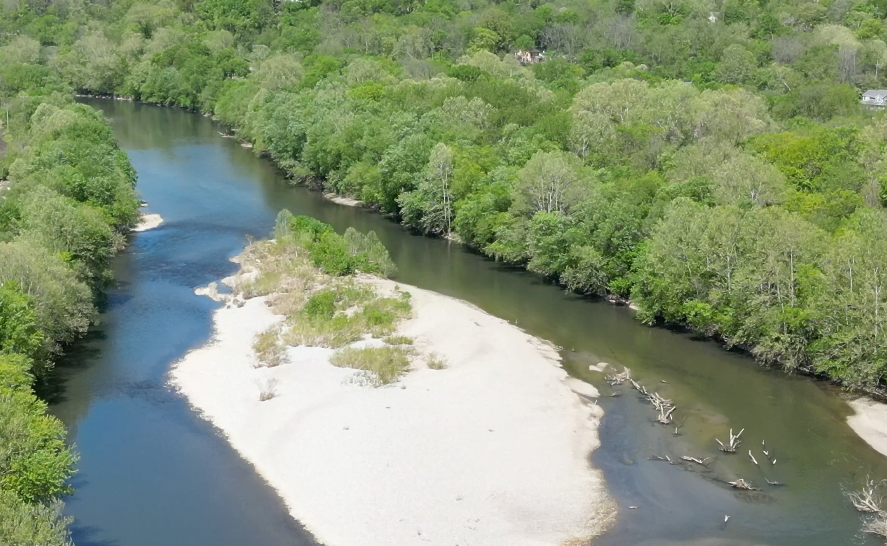ANDERSON TOWNSHIP, Ohio — A Hamilton County judge will decide if Evans Landscaping owner Doug Evans should be put in jail for contempt of court, or if prosecutors are demanding unreasonable cleanup at three sites in Anderson Township where health officials estimate hundreds of thousands of truckloads of illegal waste are buried.
“Evans’ procrastination in removing the illegally buried debris continues to pose a significant threat to human health and the environment,” Ohio Assistant Attorney General Allen Vender wrote in a motion filed in Hamilton County Court of Common Pleas on Wednesday.
Health officials are focused on a site at 8361 Broadwell Road, which Evans turned into a five-acre illegal landfill, with debris buried more than 25 feet deep, according to state prosecutors.
“The Broadwell site’s illegal landfill is located over a sole-source aquifer that provides drinking water to over a million people in Southwest Ohio. It’s also near the Little Miami River," according to the court filing.
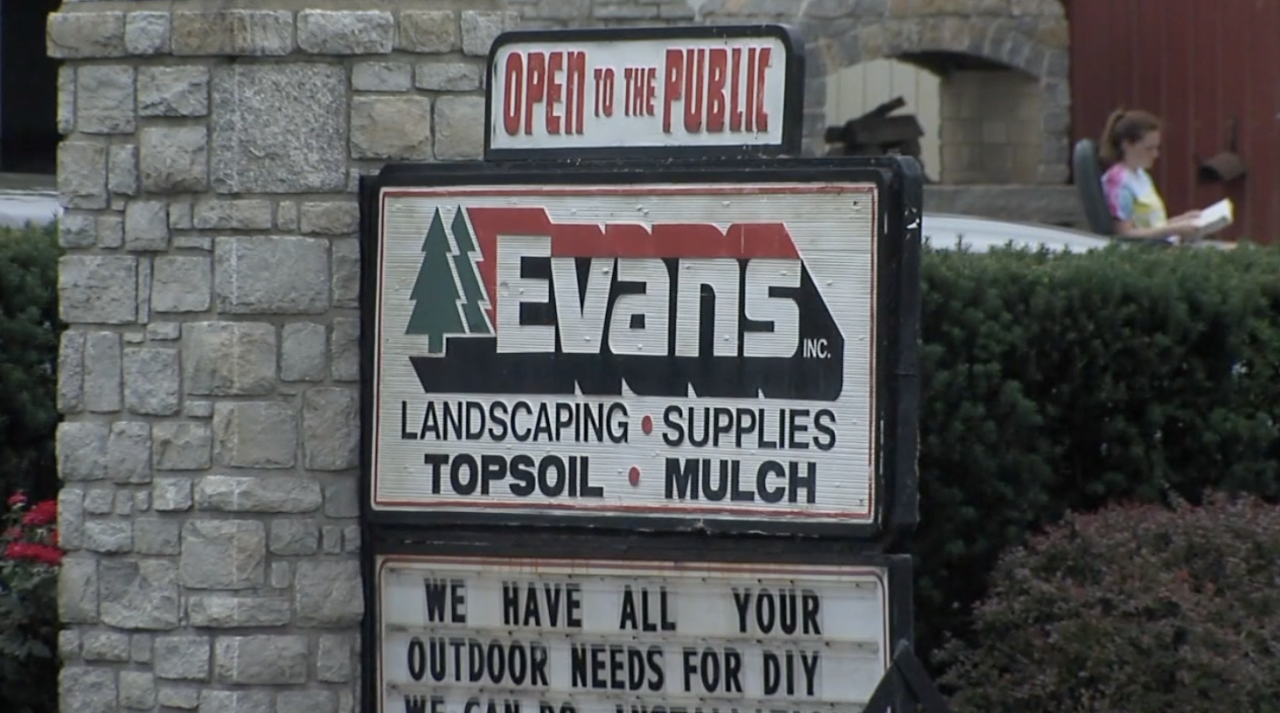
But Evans insists that health officials are demanding an unnecessary cleanup plan that could cost him more than $600,000 to haul what he considers to be clean fill, and not illegal construction debris, to a landfill.
“The agencies refused to approve Evans’ Landscaping proposed plan and imposed its own plan that is unworkable in the field,” Evans wrote in a statement to WCPO.
Judge Jody Luebbers could decide the dispute at a court hearing as soon as next week.
Evans wants the judge to approve his own cleanup plan quickly so he can avoid $300 to $1,000-per-day fines that are mandated in the consent order if cleanup is late.
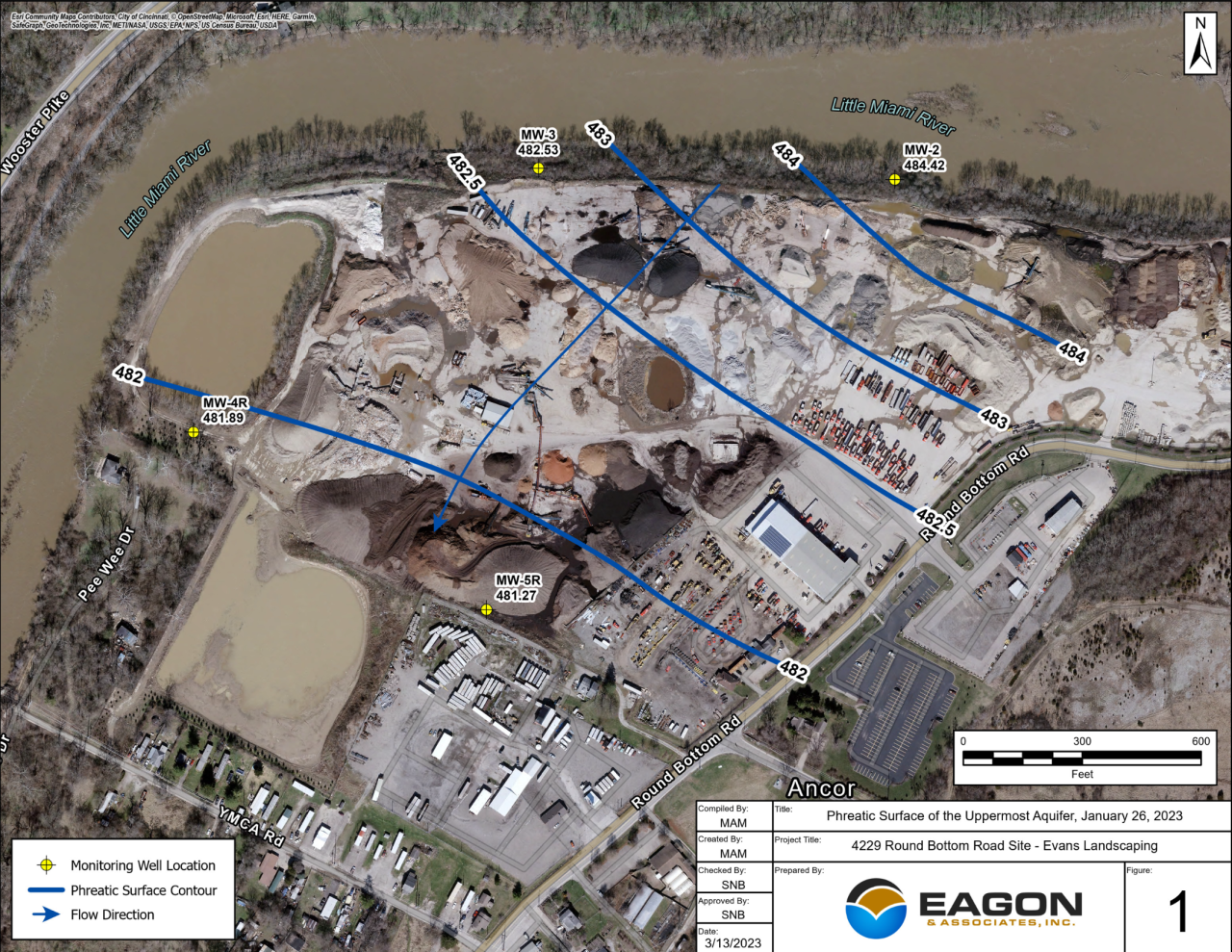
Ohio Attorney General Dave Yost wants the judge to put Evans in jail for 30 days and force him to comply with the court order he signed a year ago.
“We're done playing around,” Yost said in an interview with WCPO on Aug. 28. “He's under a court order to clean up. He’s thumbed his nose at the entire process. He’s thumbed his nose at the community. He's thumbed his nose at the court. We're done.”
This is the latest legal drama for Evans. He was released from prison in December 2021 after serving six months for minority contracting fraud, followed by several months of house arrest.
Health officials have been citing Evans for environmental violations for more than two decades.
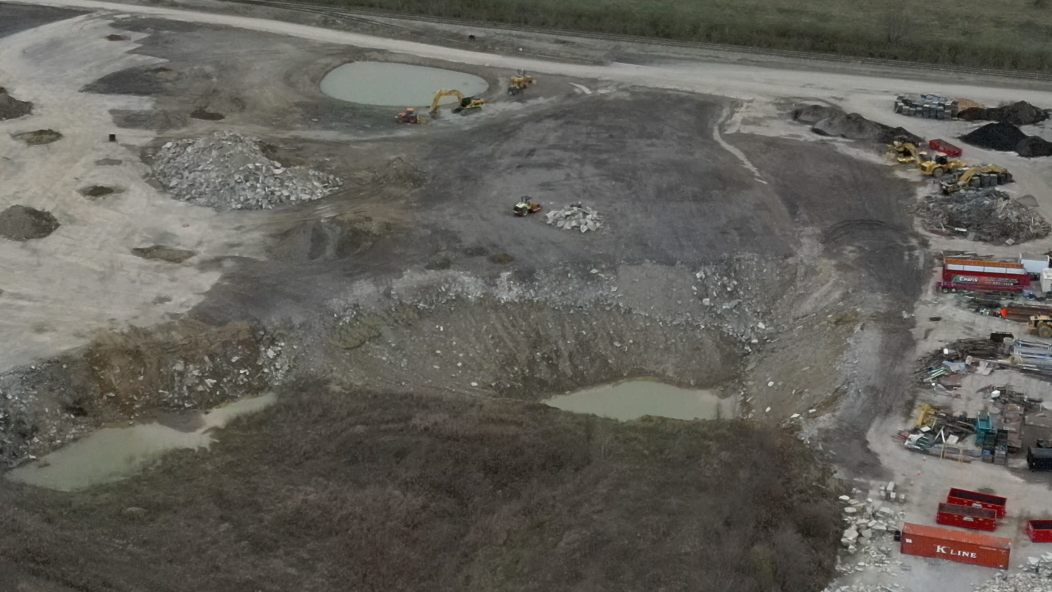
“I’m at a loss to understand what’s going on in his mind,” Yost said. “But it’s amazing how a few days in jail could grab your attention, give you time to think about the course you’re charting in life.”
Yost sued Evans in March 2021, at the request of Hamilton County and the Ohio EPA. County records show inspectors cited “reoccurring problems,” with the burial of waste, open dumping, scrap tires, illegal disposal of construction and demolition debris, and leachate runoff, at times into the Little Miami River at three separate sites.
Both sides settled the lawsuit in late September 2022, with Evans agreeing to clean up the waste and pay a $550,000 fine.
But prosecutors say Evans hasn’t done much cleanup.
“It has been nearly one year since the court entered the consent order, and over 99% of illegally buried construction and demolition debris has not been lawfully disposed,” Vender wrote.
Evans, 61, is a well-known entrepreneur on the east side who built a landscaping empire from a high school job hauling mulch from a pickup truck. He now employs 250 at operations that range from sand and gravel, equipment rental, snow removal, soil and firewood, ready-mix concrete, tree services and stone works.
The part of Evans’ business that health inspectors have targeted repeatedly is the recycling of construction and demolition debris operation.
Health officials accuse Evans of illegally burying waste at three sites near Newtown: at the Broadwell Road facility; at a 78-acre Mt. Carmel Road site, where Evans Gravel is located; and at 4229 Round Bottom Road, where Evans corporate headquarters are located on 90 acres that abuts the Little Miami River.

“The illegal disposal at these three sites (all of which are located near the Little Miami River and over the Great Miami Buried Valley Aquifer, a sole source aquifer) has the potential for significant impacts to the environment, irreparably contaminating underlying soils, surface water, and groundwater,” Vender wrote.
As part of the consent order, Evans agreed to install monitoring wells at the Round Bottom Road site and test groundwater twice this year. His latest report, filed with the Ohio EPA on September 1, showed elevated arsenic levels in water from all four wells that exceed drinking water standards.
“Arsenic was shown in some samples as high as five to 10 times over the drinking water standards, so unsafe for any human consumption,” said Thom Cmar, a senior attorney with the environmental nonprofit Earth Justice.
Cmar is not part of this case but reviewed court filings and groundwater testing reports.
“Drinking water with high levels of arsenic would be a serious health concern. Arsenic is a known carcinogen. It contributes to organ failure," said Cmar, who believes it is leaching from buried construction waste, particularly treated wood.
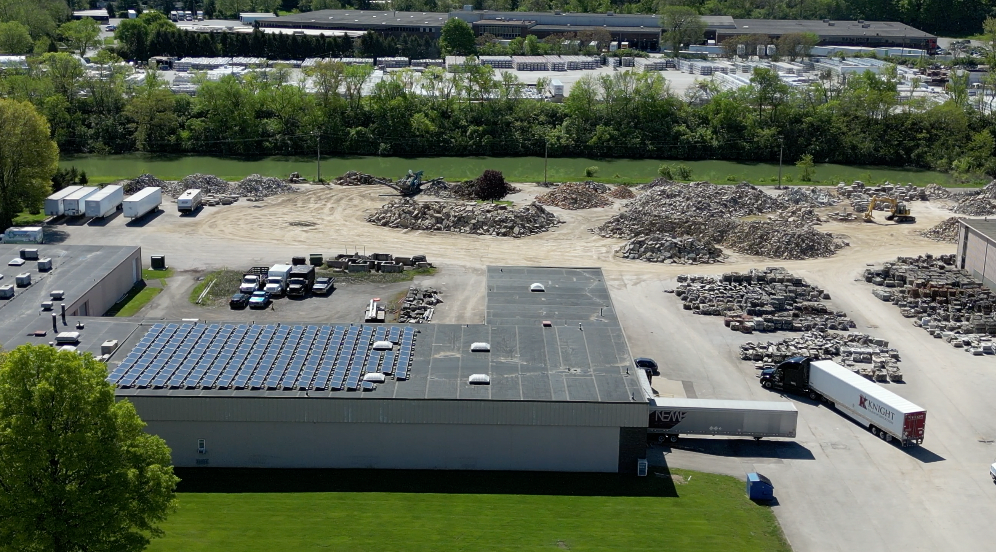
Spokespersons from the Ohio EPA and Hamilton County Public Health said there is no known immediate concern to public health or the environment. If people who live near the Round Bottom Road site are concerned, they can contact the health department.
“Arsenic is a naturally occurring substance in the environment and no sources of additional arsenic currently have been identified on the property,” Evans said. “Evans Landscaping will submit a comprehensive groundwater assessment plan that will be designed to collect additional information on groundwater conditions at the property to ensure the protection of human health and the environment.”
But Cmar said the high arsenic levels are a concern to the Little Miami River and anyone who uses groundwater nearby.
“Certainly, arsenic is a concern as it accumulates within fish for example, if anyone is eating the fish in the Little Miami,” Cmar said.

The dispute between Evans and health officials centers around the definition of illegal waste, and what to do with it once it’s dug up from where it's been buried for years.
The consent order mandates it be placed in containers while awaiting transport to a landfill. But Evans said it is more efficient to stockpile it on site while workers screen out clean material.
“They were just leaving stuff out in the open. It was exposed where it could get wet,” Cmar said. “One major concern for waste like this is that treated wood and other construction materials have a lot of arsenic in it so … any sort of surface water, rainwater, could result in that arsenic going right into the groundwater and raising the level of arsenic and that’s exactly what you’re seeing.”
